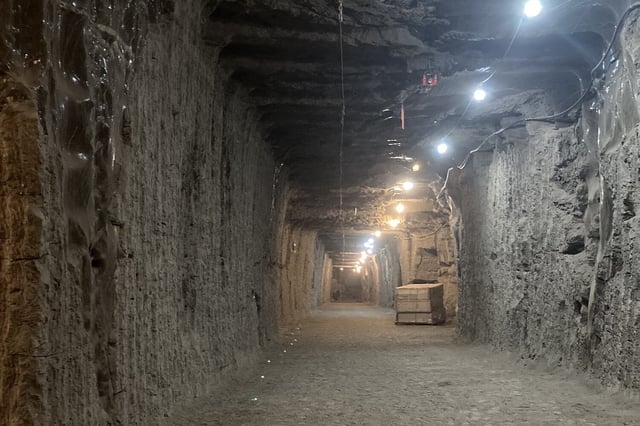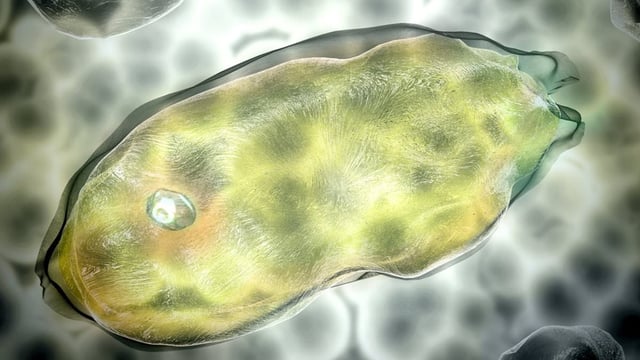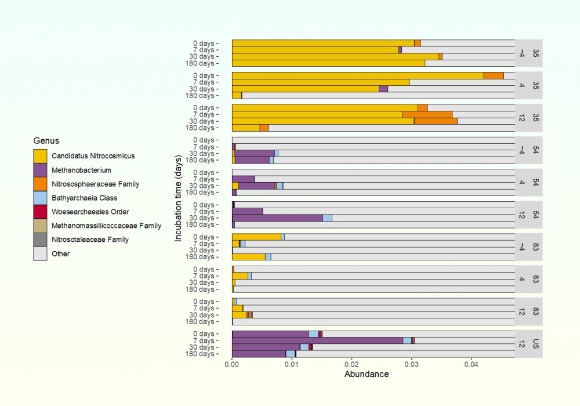Overview
- A CU Boulder–led team thawed permafrost samples up to about 40,000 years old from the U.S. Army Corps of Engineers’ Permafrost Research Tunnel near Fairbanks, Alaska.
- Incubations at 39°F and 54°F showed extremely slow initial turnover, then a marked community shift by roughly six months, including visible biofilm formation.
- Using deuterium-labeled water, the study traced lipid synthesis to quantify resuscitation and growth rates under above‑freezing, wetted conditions.
- Hotter short-term temperatures did not significantly speed awakening, suggesting the length of the warm season is more consequential than brief heat spikes for emissions.
- Authors said the studied microbes likely could not infect people and were handled in sealed labs, and they cautioned that results from this single site may not generalize globally.



